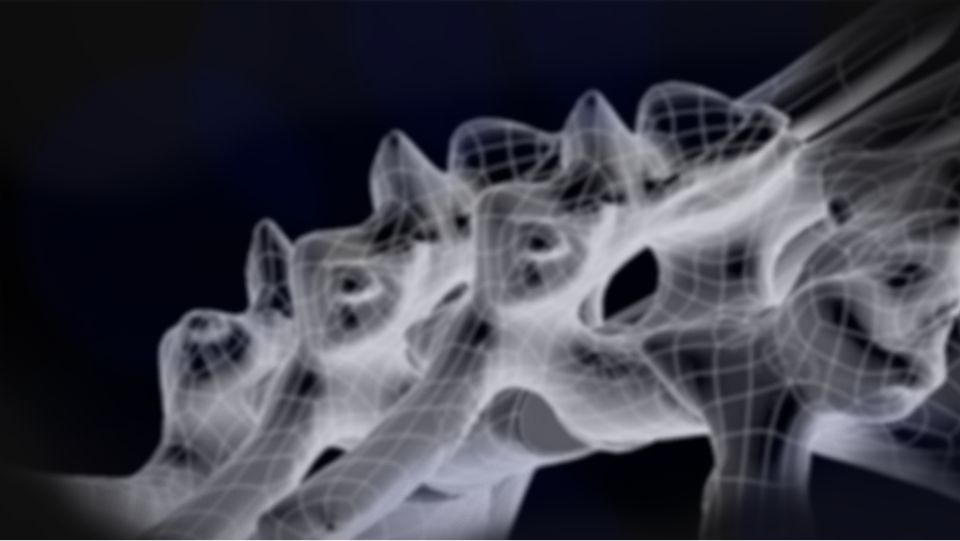
Artificial
Miss-tosis
Biological Deformity
Louis-Philippe Demers combines several profiles: Artist, Freelance Designer, Professor, Researcher and Entrepreneur. He is a multidisciplinary artist using machines as media. He worked on the conception and production of several large-scale interactive robotic installations, so far realizing more than 225 machines. His robotics works could be found in theatre, opera, subway stations, art museums, science museums, music events and trade shows.
Research Assistant
Bio Mechanical Project for Louis-Philippe Demers in collaboration with Biologist Brandon Ballengée
The concept: to present the mutation of these frogs on a scale in which the audience could emotively feel and understand the severity of the deformity to achieve a stronger knowledge of the “Biological art project”. To realise this project, a scaled up model 1:200 of a frog had to be recreated.
For the project to happen, we had to employ a variety of reverse engineering, preservation and advance 3D technology methods . First a healthy specimen of an American bullfrog which share very similar bone structure of the original species was dissected. The bones were then bleached, soaked in resin and coated in white to prepare them for 3D laser scanning. Once the 3D Skin data was optimised, data was transferred into Solidworks CAD for mechanical modifications and assembly simulation of the frog’s range of movement base on the positions of the air pistons that will be used to control and mimic the haphazard movement of the real deformed frog.
Getting from A to B
Processing of 3D scanned bone data
3D printed | FDM
BY FAR THE
WEIRDEST
PROJECT!
It is not everyday a product designer dissects an amphibian for the sake art.
The most challenging part was not getting there. It was obtaining the bones, Yes all 152 of them! But it was worth the result.
I’m sorry KERMIT.








